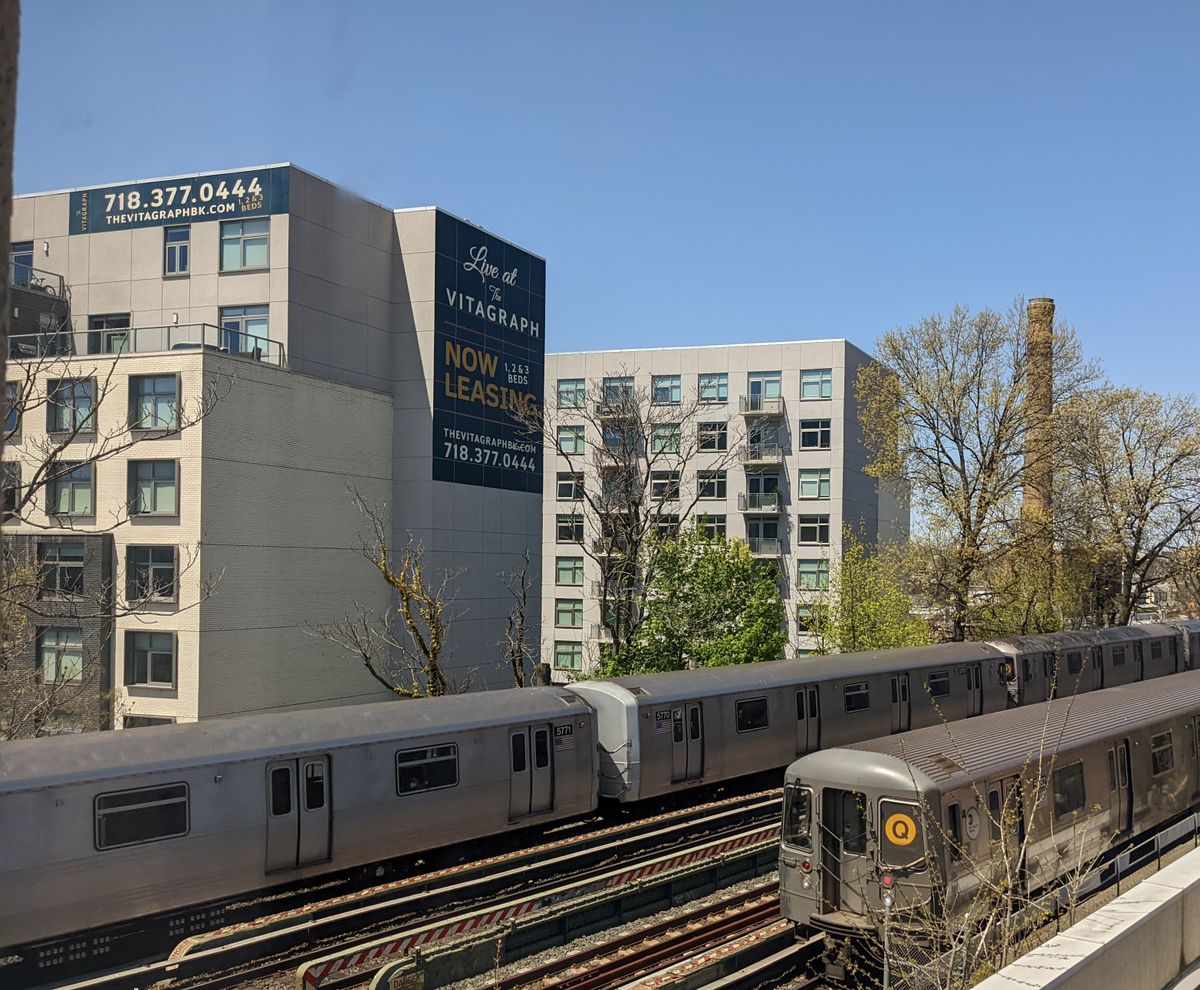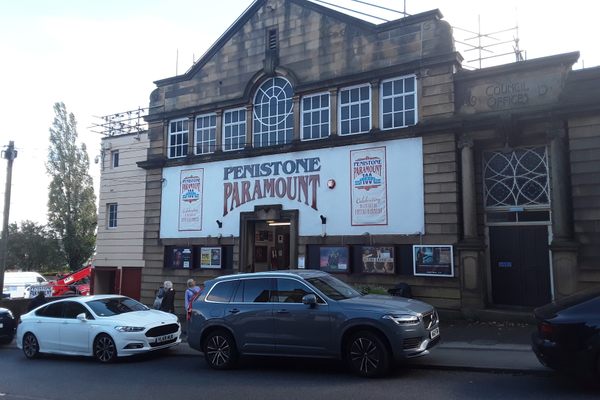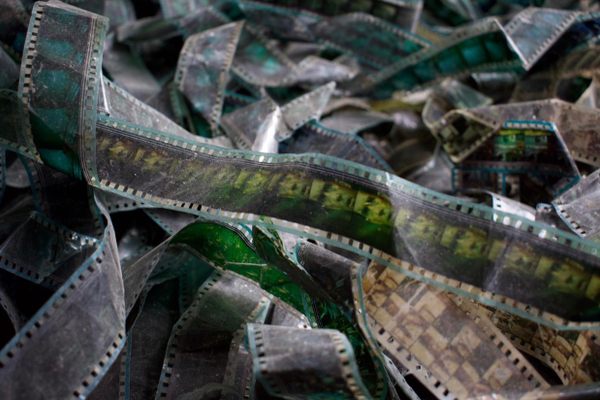About
By 1916, Vitagraph Studios occupied two acres of land in Brooklyn. It became famous for his comedies starring John a Bunny, the most popular comedian in the US before Carly Chaplin. In 1911, Vitagraph published the first motion picture magazine, Motion Picture Story Magazine. He has produced such stars as Mr. and Mrs. Sidney Drew, Norma and Constance Talmadge, Anita Stewart, Clara Kimball Young, Flora Finch, Maurice Costello, and Mabel Normand.
There were more than 100 shareholders in the joint-stock company of the studio. However, unfortunately, Blackton and his partners lacked the foresight to link their studio to the movie chain. Their competitors in the 1913-1919 era realized that they needed movie chains to show their films and, in fact, to survive. The Famous Players-Lasky Company, owned by Adolph Zukor and Jesse Lasky, had the Paramount Theater chain behind it. Marcus Loews of Loews Inc. bought Metro, Goldwyn, and Mayer Studios to produce films for their theaters, and theater mogul William Fox founded the Fox Film Corporation. By the early 1920s, Vitagraph could not find screens to show its films. The era of filmmaking in Brooklyn did not last long. World War I slowed down filming. In 1925 Blackton sold the studio to Warner Brothers (WB), founded only two years earlier. WB renamed it Vitaphone Studios. Much of the film industry moved to Los Angeles. Warner Brothers kept its Brooklyn studio and used it to produce short films. Although the first Vitaphone films were recorded at the Manhattan Opera House or the WB Studios in Hollywood, the Brooklyn studio was refurbished in 1928 to produce sound films. The East Coast studio was very convenient because the Vitaphone shorts featured vaudeville artists like Burns and Allen and Metropolitan Opera stars like Giovanni Martinelli who didn't travel to Los Angeles. From 1928 to 30, the WB built the adjacent "1st Studio" across the street from the Vitagraph Studios, which had a water tower on the roof. At a time when television was in its infancy, NBC bought the studio in 1952. The soap opera Underworld was filmed here. In 1954, NBC built a large and modern building, Studio 2, next to the old one with a water tower. Throughout the 1950s and 1960s, it was the largest television studio on the East Coast. The Perry Como and Sammy Davis shows have been filmed here, as well as the historical production of Peter Pan with Mary Martin, Hall of Fame dramas, and special films for Judy Garland, Laurence Olivier, and Frank Sinatra. But yet again, Hollywood took over, and television, once despised by "real" filmmakers, began to shoot almost exclusively in California. The studios went dark. Only Another World, As the World Turns, and a few small productions kept the studio alive. In the 1960s, the original Vitagraph Studio building was sold for use as the Shulamith School for Girls, the later 1954 building remained with NBC. Until 2014, the building was used for filming game, entertainment, and reality shows. The site of the old film factory was sold in July 2014 for $20 million to residential and commercial real estate developer Hampshire Properties. Residents of Midwood were upset about the departure of the film and television industry from their area. For years, generations of bakery and restaurant owners have provided lunches for artists and studio workers. Often, at the end of the shooting day, a crowd gathered near the studio doors in the hope of seeing their favorite artists. Long black limousines were parked along the street, and drivers in suits and white shirts were waiting for their VIP passengers at the door of the studio. The realization that the smokestack, built near the oldest building of the studio more than a century ago, and now a little rickety, like the Leaning Tower of Pisa, was set be demolished, upset activists and Midwood historians most of all. They sent requests to various organizations and got permission to keep it after a major overhaul.The oldest building was demolished in 2015. But the smokestack remains. So this chimney, on which the black brick letters "Vitagraph" are still clearly visible, is the only surviving hint of the storied past of this place.
Related Tags
Know Before You Go
The Vitagraph Smokestack can be seen from a distance. Note that not all parts of the surrounding complexes are open to the public.
Published
August 18, 2024


































